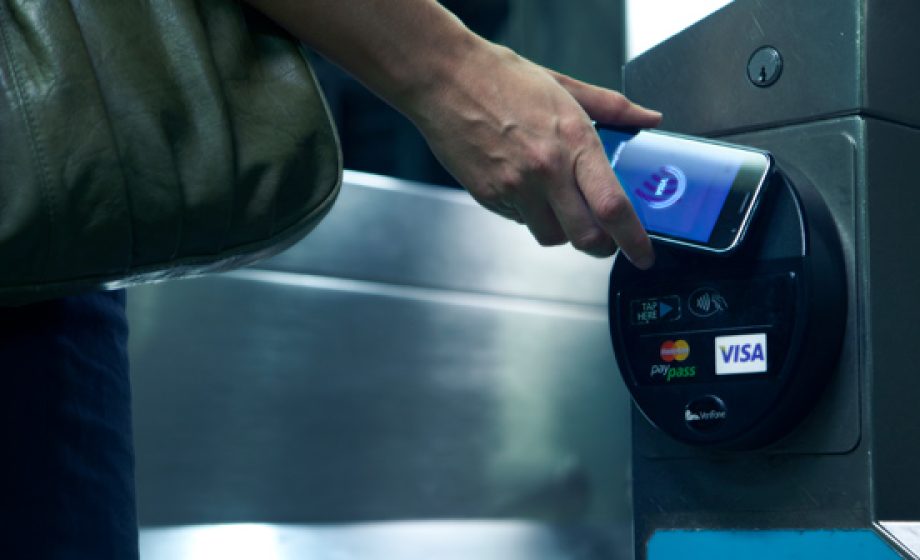
“Name one other technology that took 10 years to take off?” One skeptical colleague said to me over dinner when I told them I had just come from Orange’s NFC Awards which took place yesterday. The Awards ceremony concluded a six-month competition which saw 212 NFC projects submitted, of which the top 20 were invited to pitch in the finals, which also took place at the NFC Awards.
Despite the fact that the event saw interesting projects – a wristband with your medical information so that paramedics and ER doctors know your allergies without asking you, for example – my colleague has a point: “Where is NFC going?” In France, Orange has made a big bet on NFC, having begun rolling out NFC-enabled SIM cards for smartphones – a workaround to the lack of NFC on popular phones like the iPhone; however, if the iPhone doesn’t adopt NFC into its next generation of hardware, does NFC have a future?
In the world of NFC, who owns your data?
One of the big issues of NFC is that everyone wants a piece of the pie. If I can make NFC-based payments at a restaurant, is it my bank who is managing that transaction? The restaurant? A 3rd party service? There are a lot of people in the payments chain who exist and want to keep their piece of the pie (or grow it), and if these players can’t all agree on how the new pie of the same size will be divided, NFC may never find its place. This applies to NFC in SIM cards (where telco’s want to take control), in personal health, or any other application of NFC.
And still, there is a sense that A) QR codes are not the solution and B) if we can work through all these issues, NFC would be pretty useful. They have already been implemented in almost every major public transportation service, and it is clearly an improvement over the previous paper-based transactions. If tomorrow, everything were NFC-enabled (in the way VISA is rolling out NFC-enabled point of sales (POS) devices for local merchants), and everyone’s phones were NFC equipped, perhaps the dots would begin to merge and form a near-field line.

